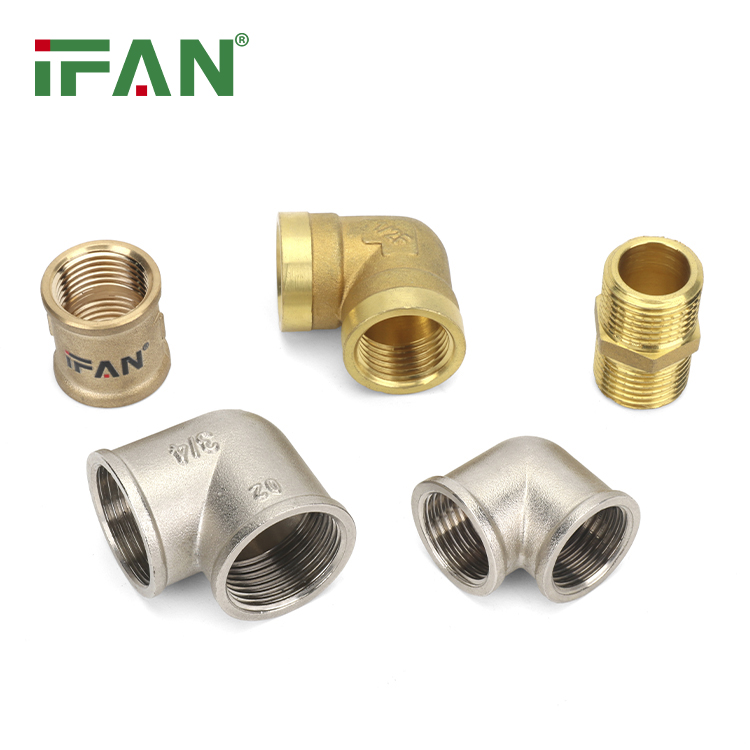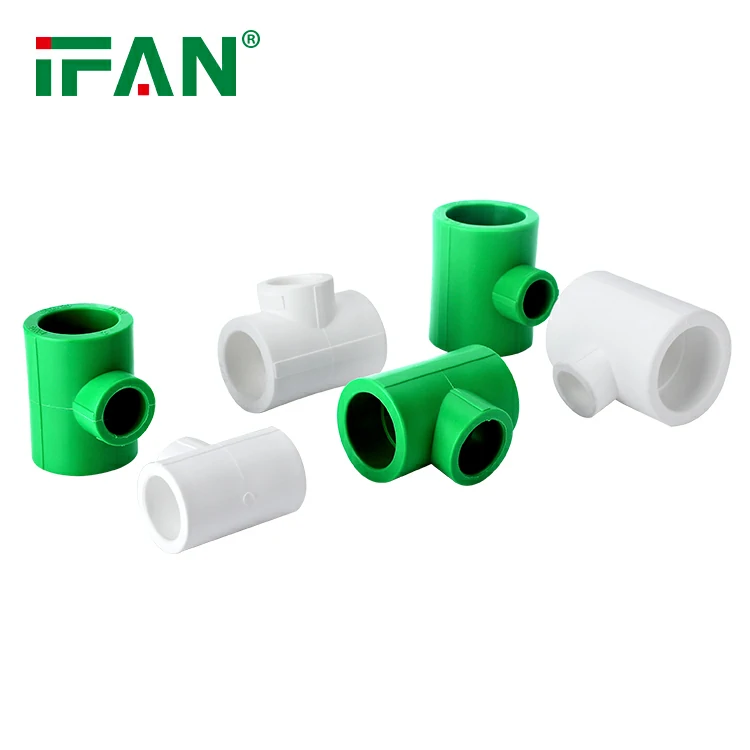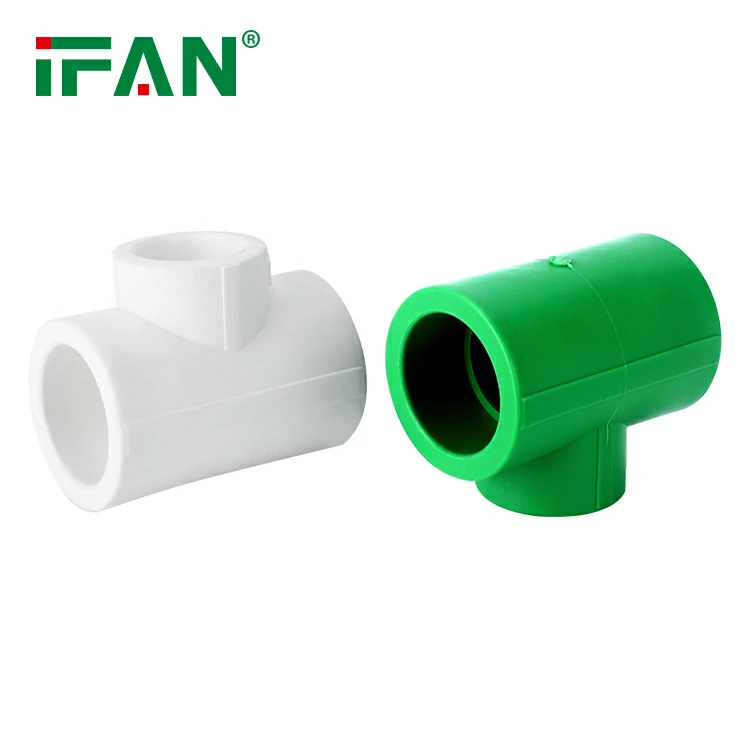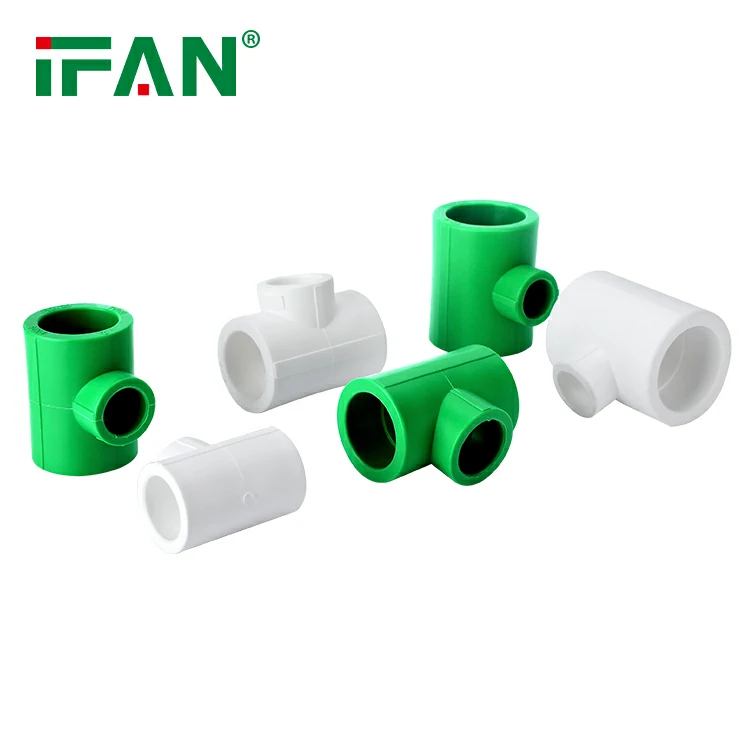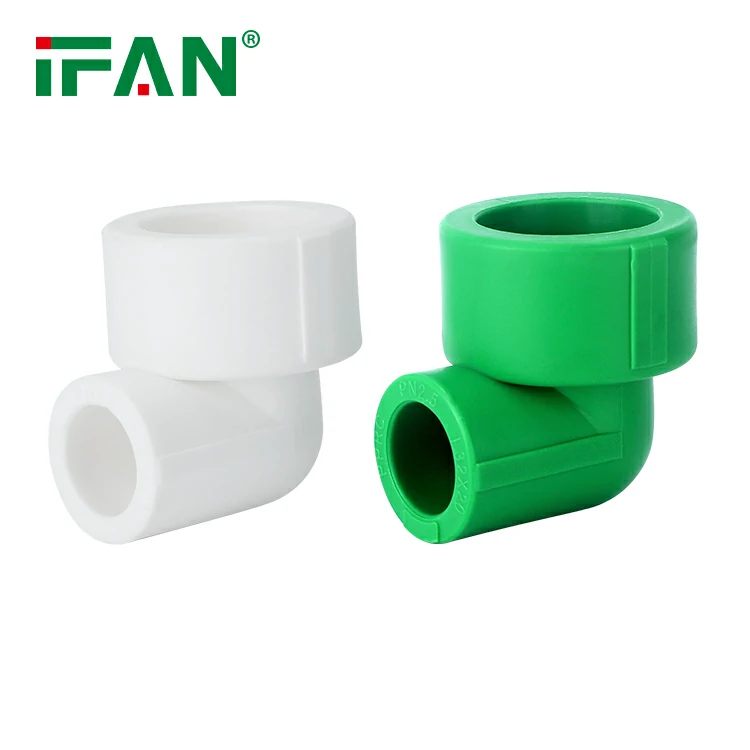The History Behind the Brilliance of Brass Fittings: From Ancient Times to Today
When it comes to plumbing and piping systems, having the right fittings is essential to ensure proper function and durability. And, for centuries, one of the most trusted materials for fittings has been brass. A unique combination of copper and zinc, brass fittings offer a range of benefits that make them a smart choice for plumbing and piping applications.
But where did brass fittings come from, and how have they evolved over time? In this article, we’ll explore the history behind the brilliance of brass fittings, from ancient times to today.
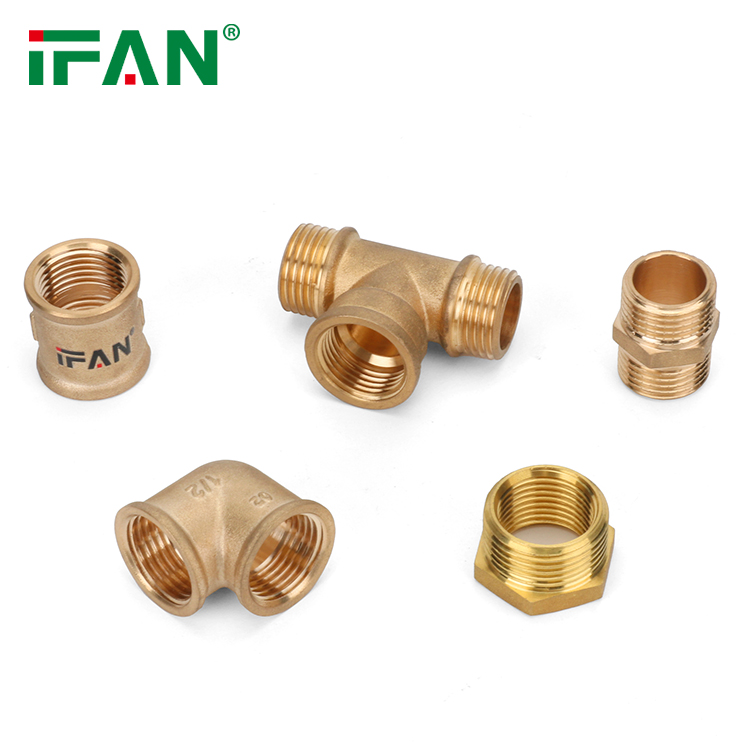
From Ancient Times to the Middle Ages
Brass has been used for various purposes since ancient times, and the process of making brass by combining copper and zinc was known to civilizations such as the Romans and Greeks. However, it wasn’t until the Middle Ages that brass started being used extensively for fittings.
During this time, brass fittings were used primarily for decorative purposes, such as in churches and cathedrals. The strong golden color of brass made it an attractive choice for decorative fixtures, such as candlesticks and chandeliers.
The Industrial Revolution
As manufacturing techniques advanced, brass fittings became increasingly common in industrial applications. Brass’s unique properties, such as its resistance to corrosion and high melting point, made it ideal for use in boilers and piping systems.
In fact, brass developed into an essential material for hydraulics, steam engines, and other industrial applications during the Industrial Revolution.
Today’s Brass Fittings
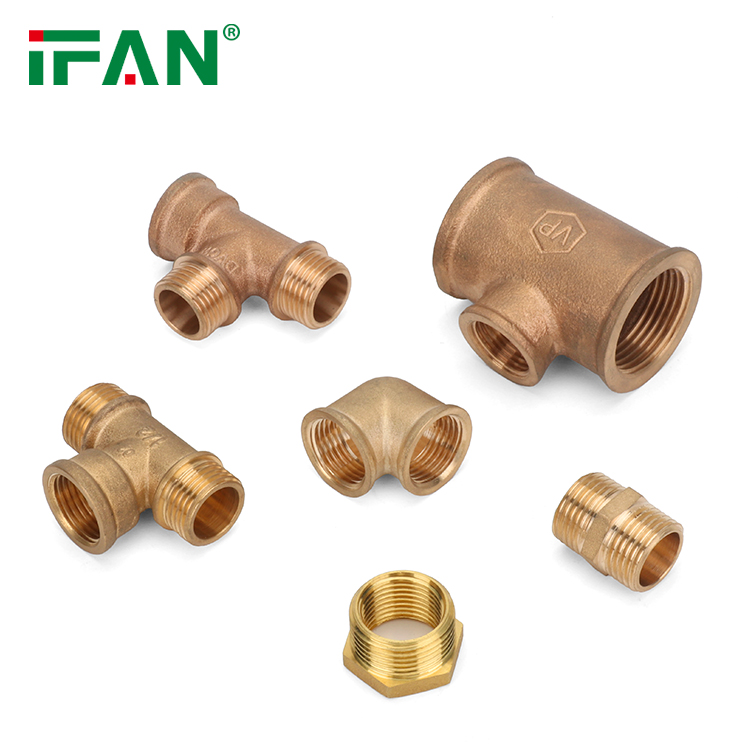
Today, brass fittings are widely used in plumbing and piping systems throughout the world. And, with the advent of modern manufacturing techniques, brass fittings can be produced in a wide range of sizes and shapes to meet the specific needs of different applications.
Perhaps one of the greatest benefits of brass fittings is their durability. As a non-ferrous metal, brass doesn’t rust or corrode, which means that it can last for decades with minimal maintenance. Additionally, brass is highly resistant to bacteria and other microorganisms, making it an ideal material for use in potable water systems.
Another benefit of brass fittings is their versatility. Thanks to advances in manufacturing technology, brass fittings can be produced in a variety of shapes, sizes, and configurations. This flexibility means that brass fittings can be used in a wide range of applications, from plumbing and heating systems to hydraulics and compressed air systems.
Wrapping Up
In conclusion, the history of brass fittings is a rich and fascinating one. From its early days as a decorative material in cathedrals and churches to its current status as an essential component of modern plumbing and piping systems, brass has proven itself to be a versatile material that can meet the needs of a wide range of applications.
If you’re working on a plumbing or piping project and are in need of fittings, consider the benefits of brass. With its durability, resistance to corrosion and bacteria, and versatility, brass fittings are an ideal choice for any application. And, thanks to modern manufacturing techniques, you can trust that your brass fittings will deliver reliable performance for years to come.
